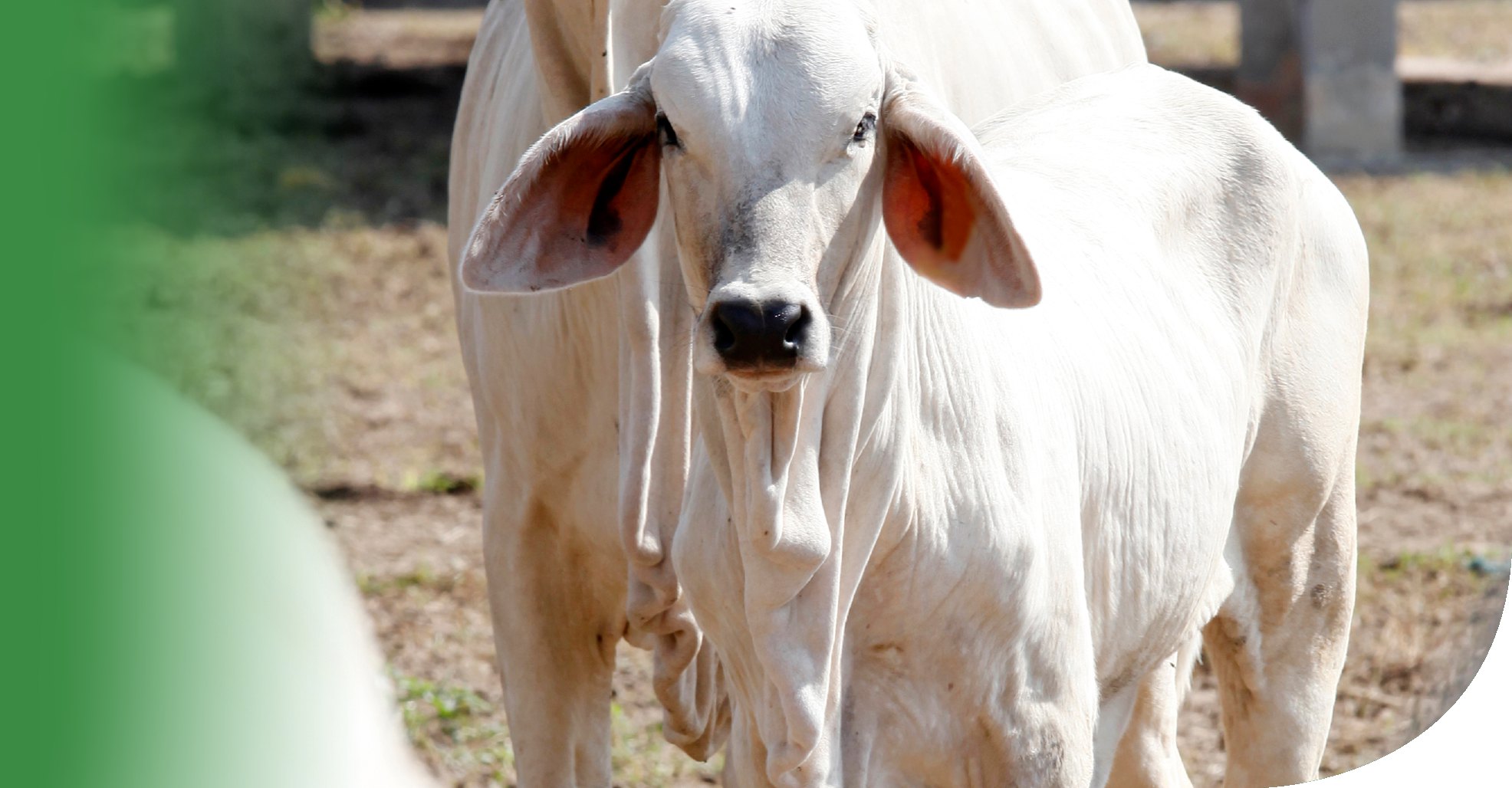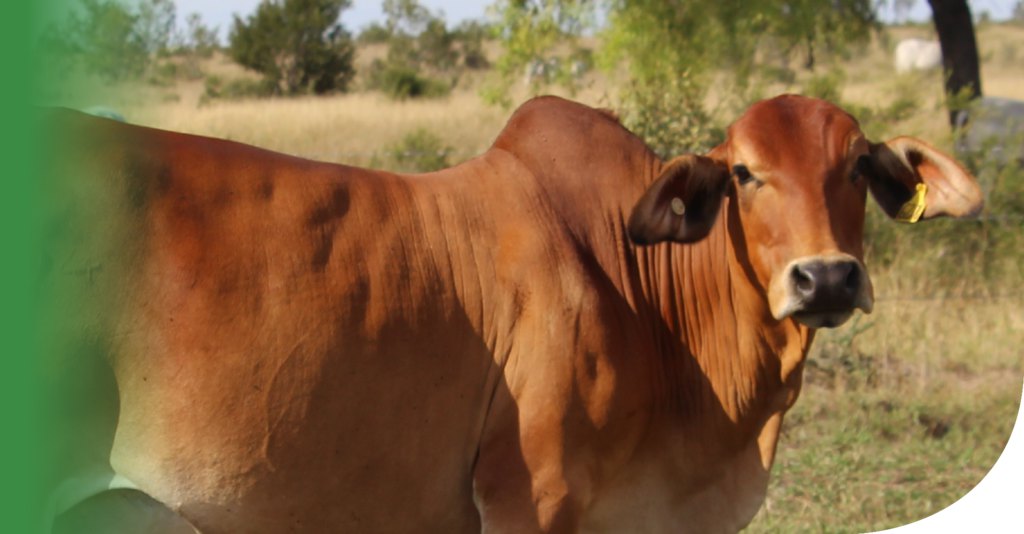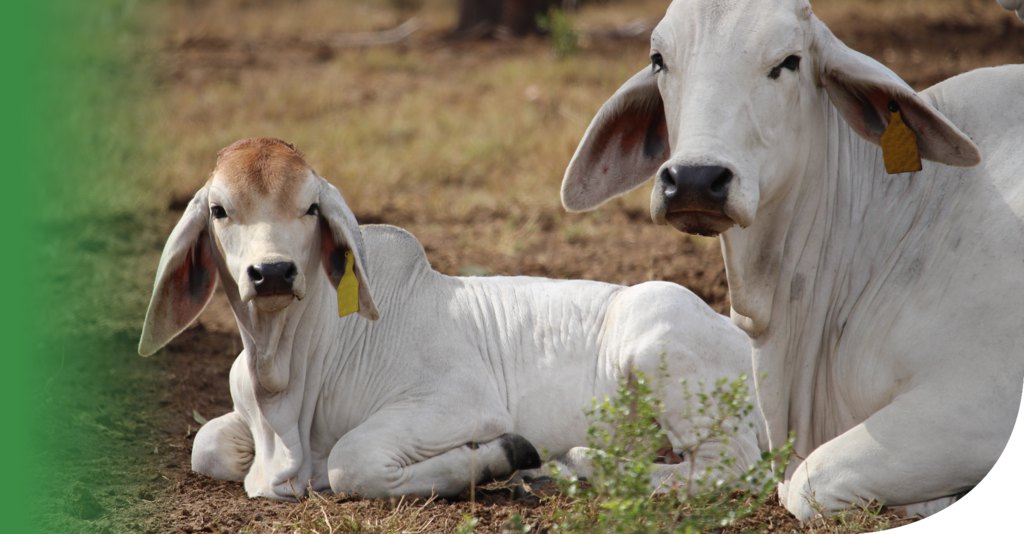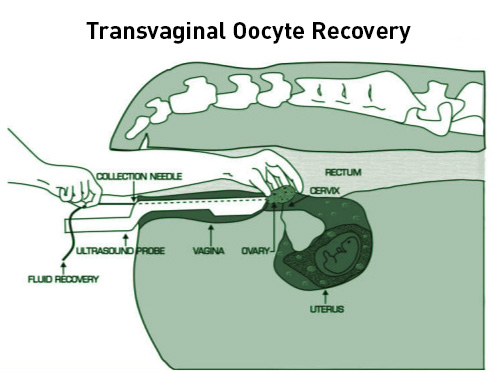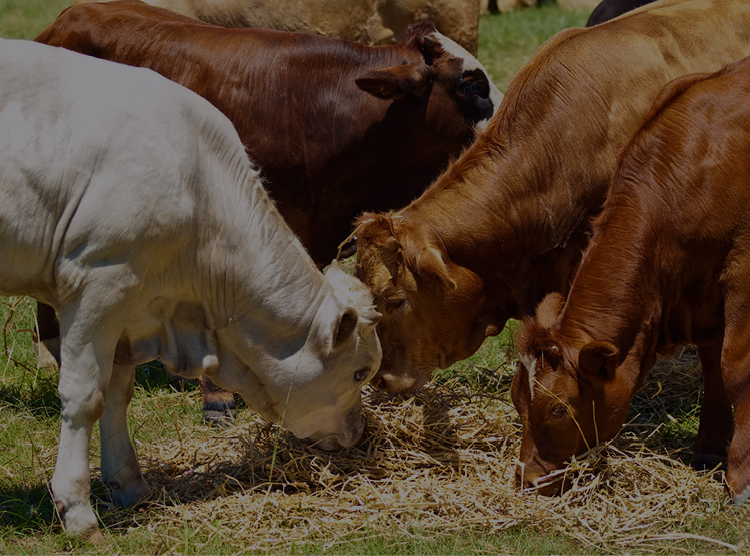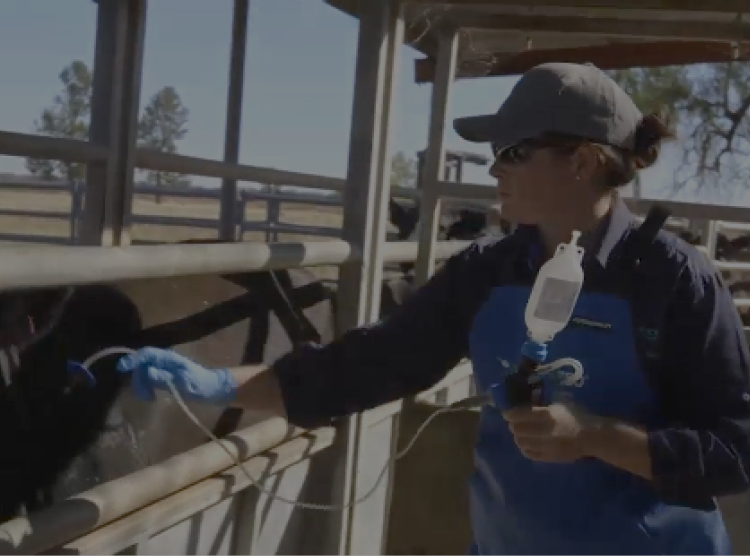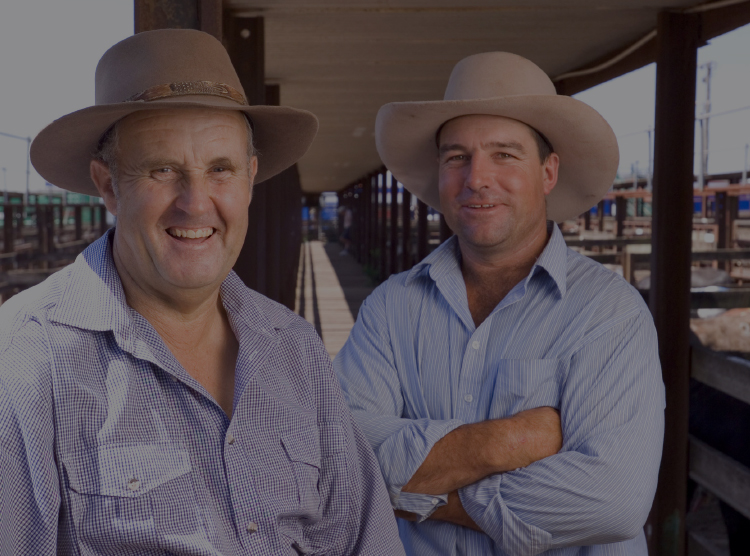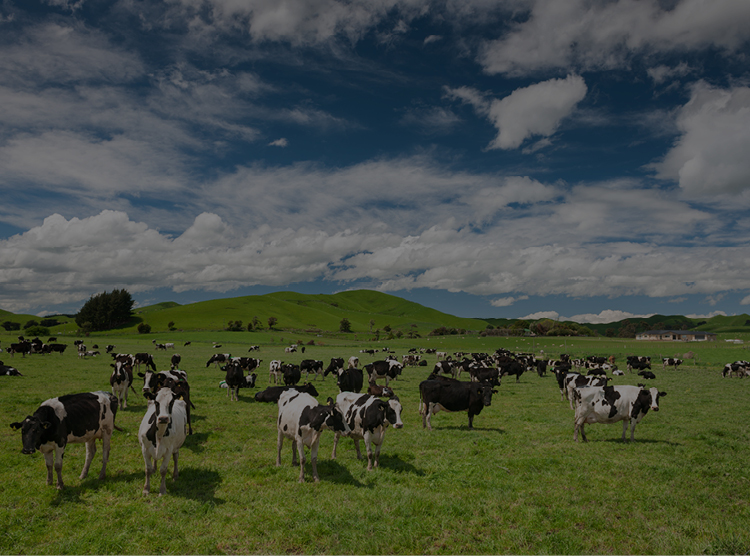Overview
The majority of IVF programs in cattle are conducted in South America, which accounts for about 85% of the IVF embryos produced globally. In Australia, the majority of embryos are produced through ET, in vivo (within the donor cow). The use of IVF is growing, particularly in the northern regions of Australia, as Bos indicus cattle breeds that dominate this region, tend to respond the best to the IVF procedures. Bos indicus cattle tend to yield more embryos than other breeds, yet tend to not respond as well to superovulatory treatments used in conventional ET. The use of IVF in Bos taurus breeds of cattle is possible, but are generally treated with some superovulation treatments to ensure a reasonable yield of oocytes.
In Australia the majority of IVF derived embryos transferred to recipient females are fresh. Some frozen transfers do occur, however due to the high variability in pregnancy rates from these embryos, most practitioners and breeders prefer to use fresh where possible.
Advantages
The reason breeders choose to use IVF is to maximise the genetic potential of elite donor females in their herd. The main advantage of using IVF in cattle is to get a higher yield of embryos in cattle where conventional ET programs are not working effectively. This generally includes cattle that do not respond well to superovulation treatments. This tends to be Bos indicus cattle, older females, or females that have reproductive disorders that won’t enable embryos to be flushed from the uterus.
As Bos indicus females tend to have a large number of follicles present on their ovaries as compared to Bos taurus breeds, they tend to yield a higher number of oocytes. In addition, the proportion of oocytes that convert to embryos are much higher in Bos indicus breeds than others.
